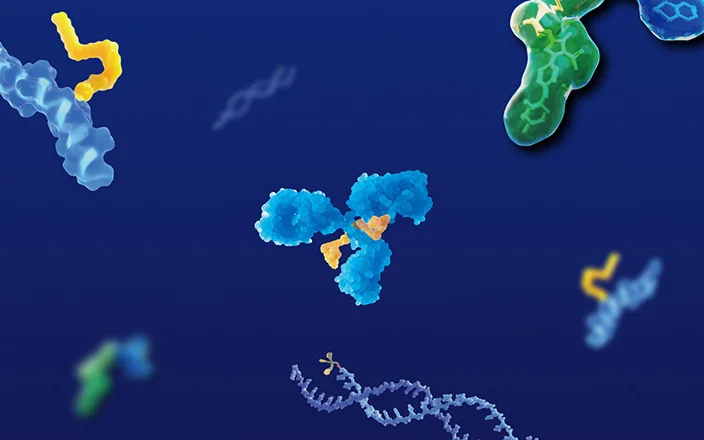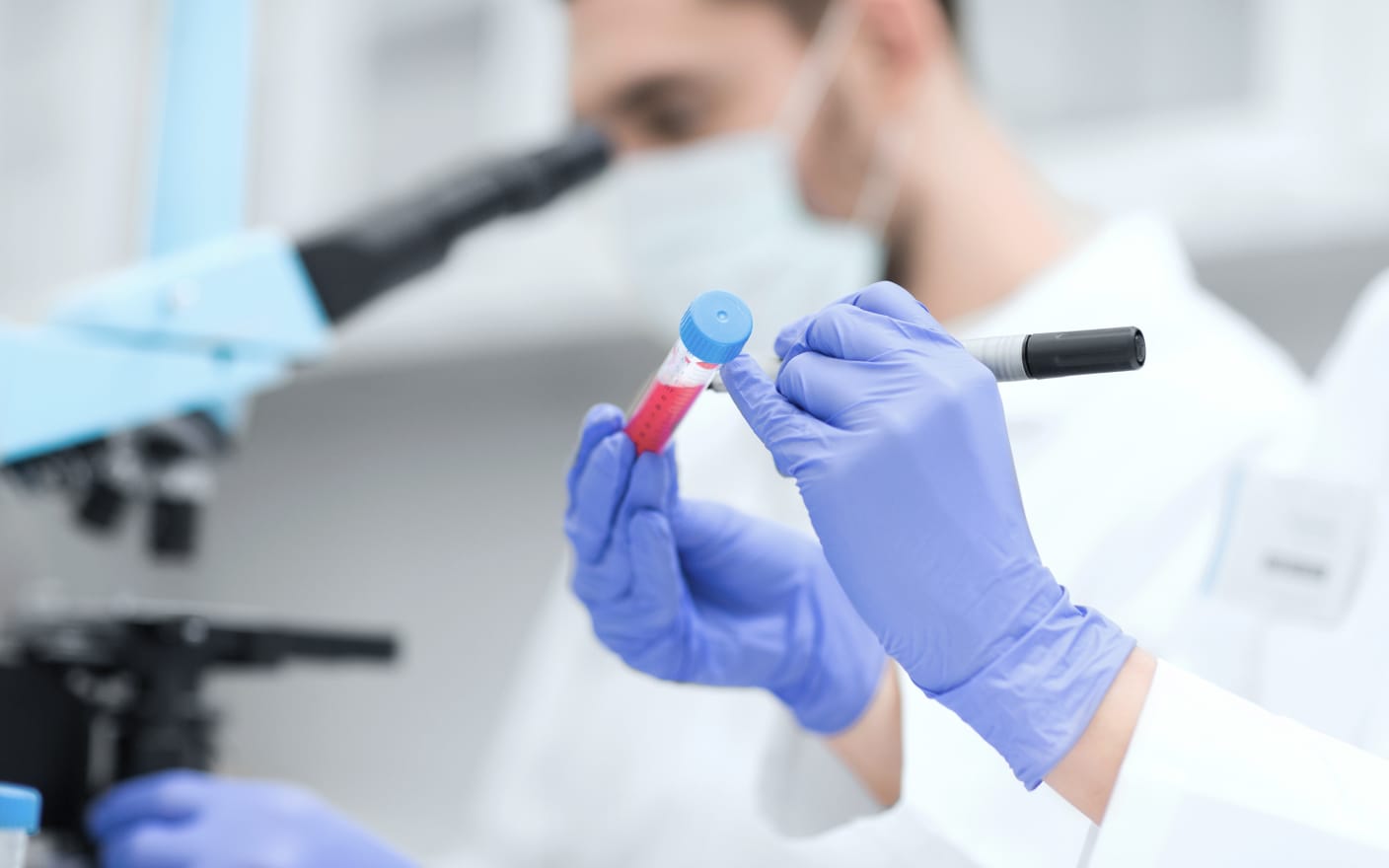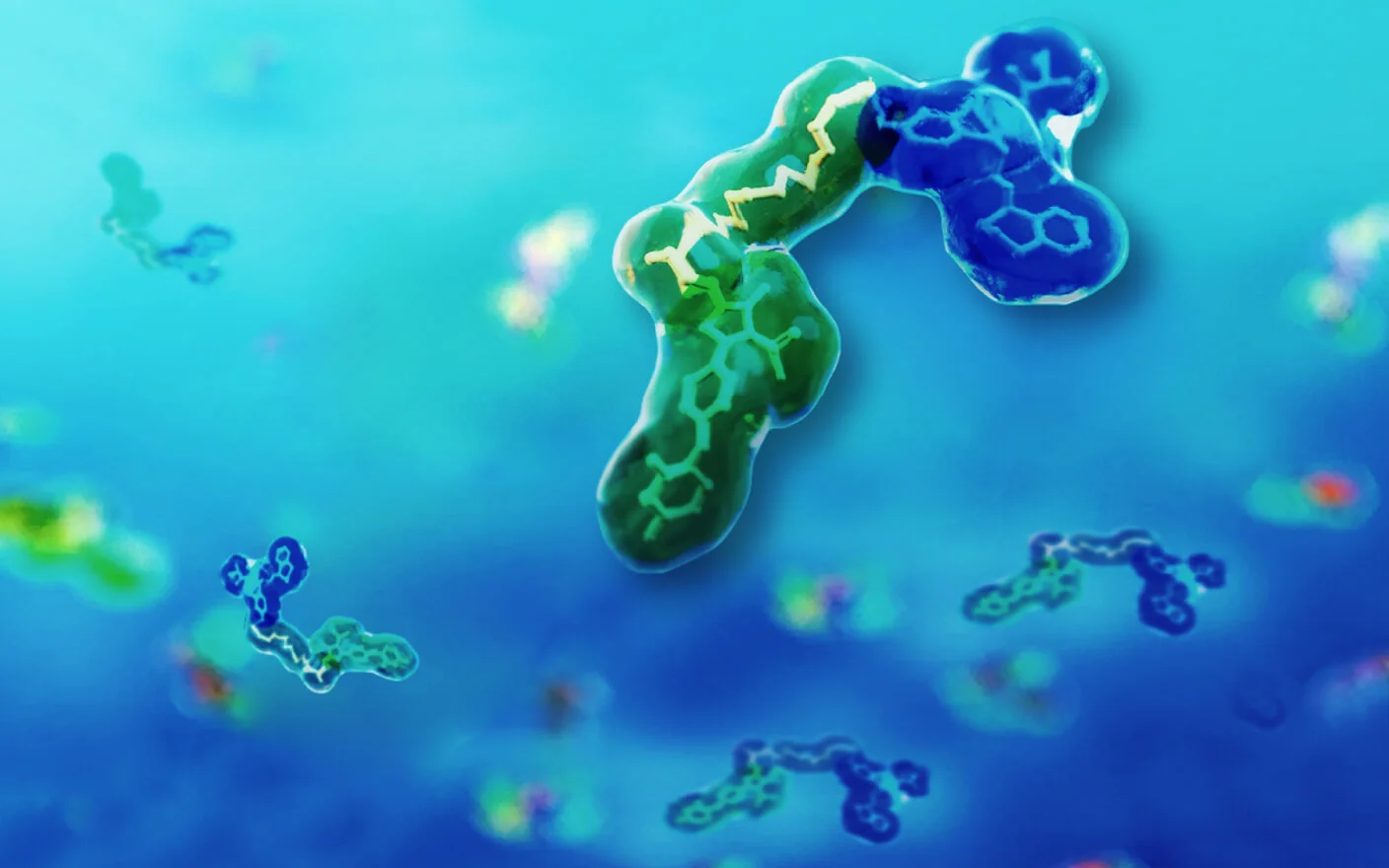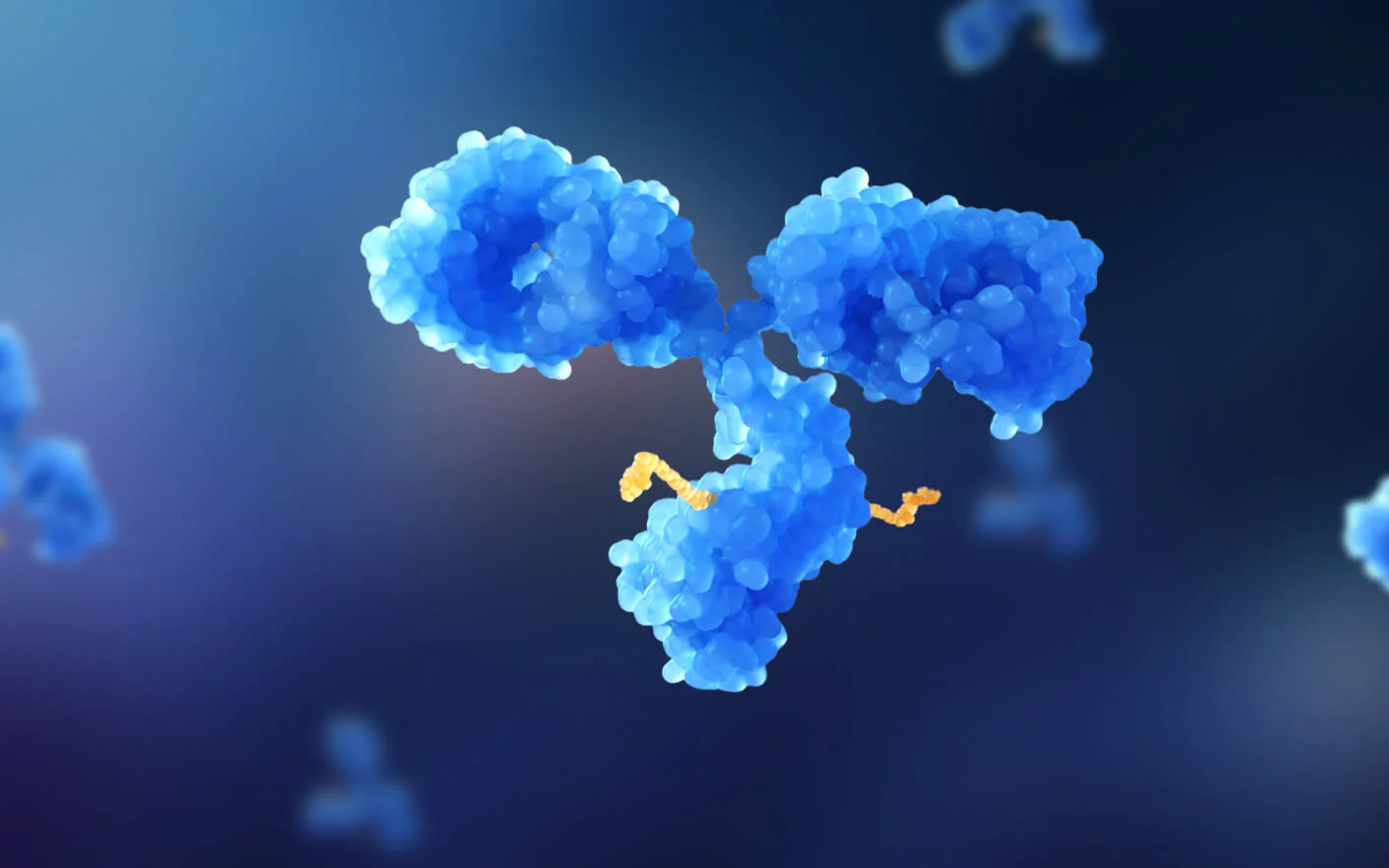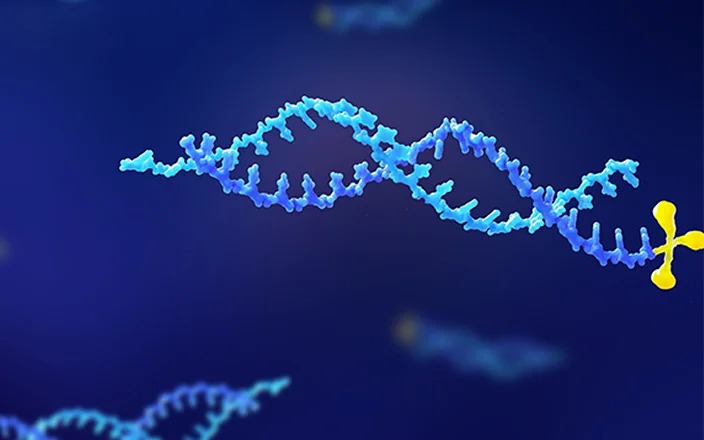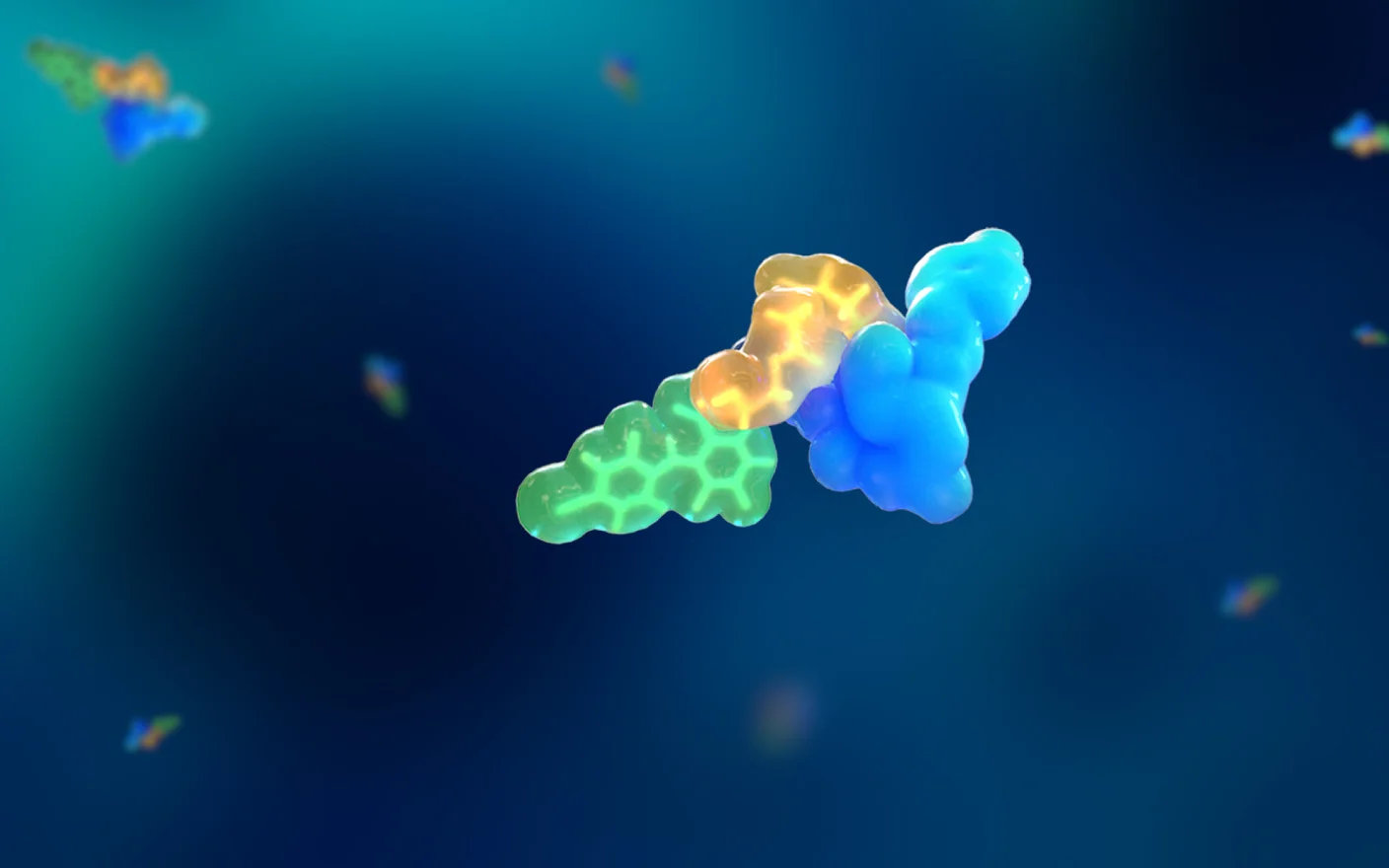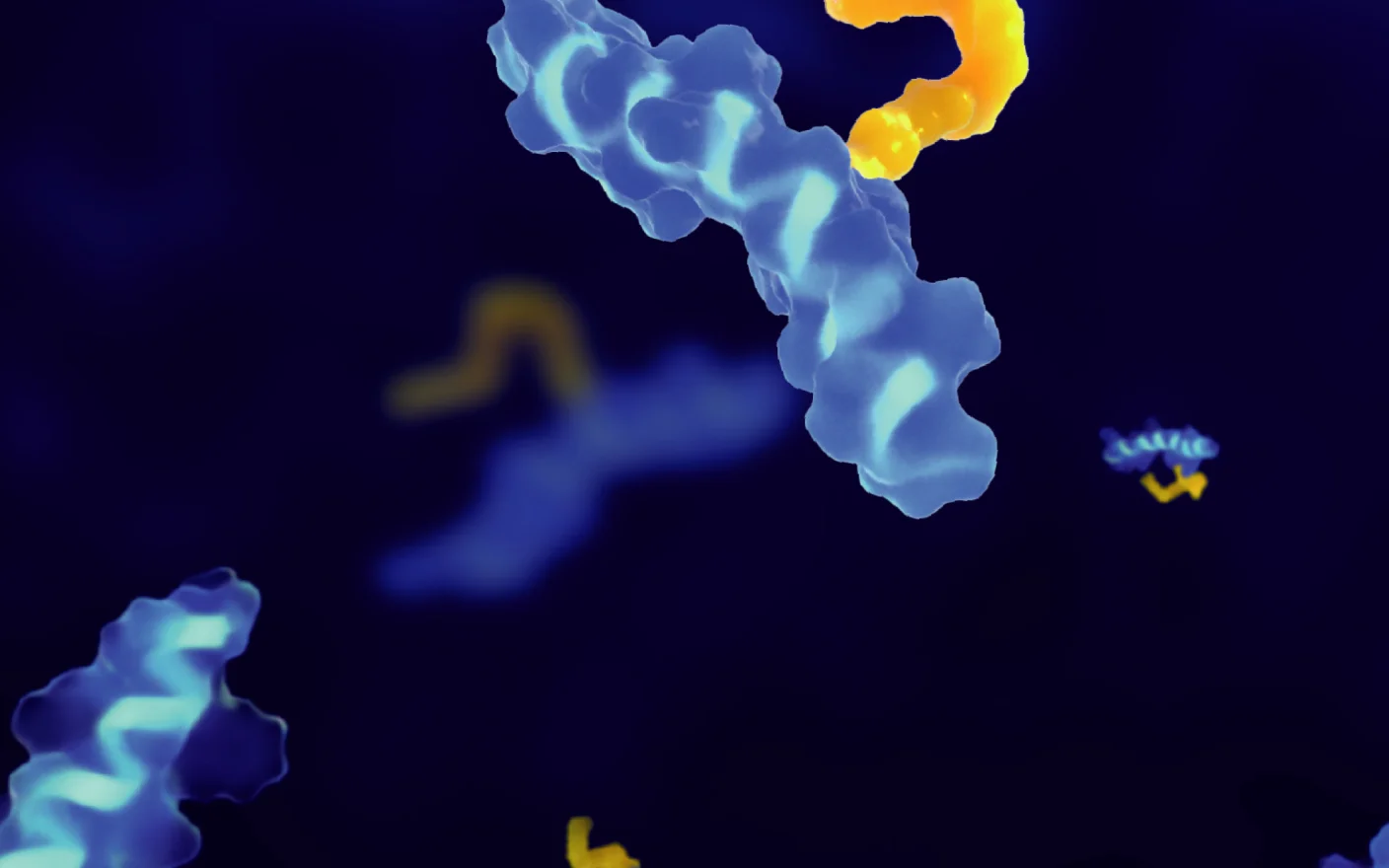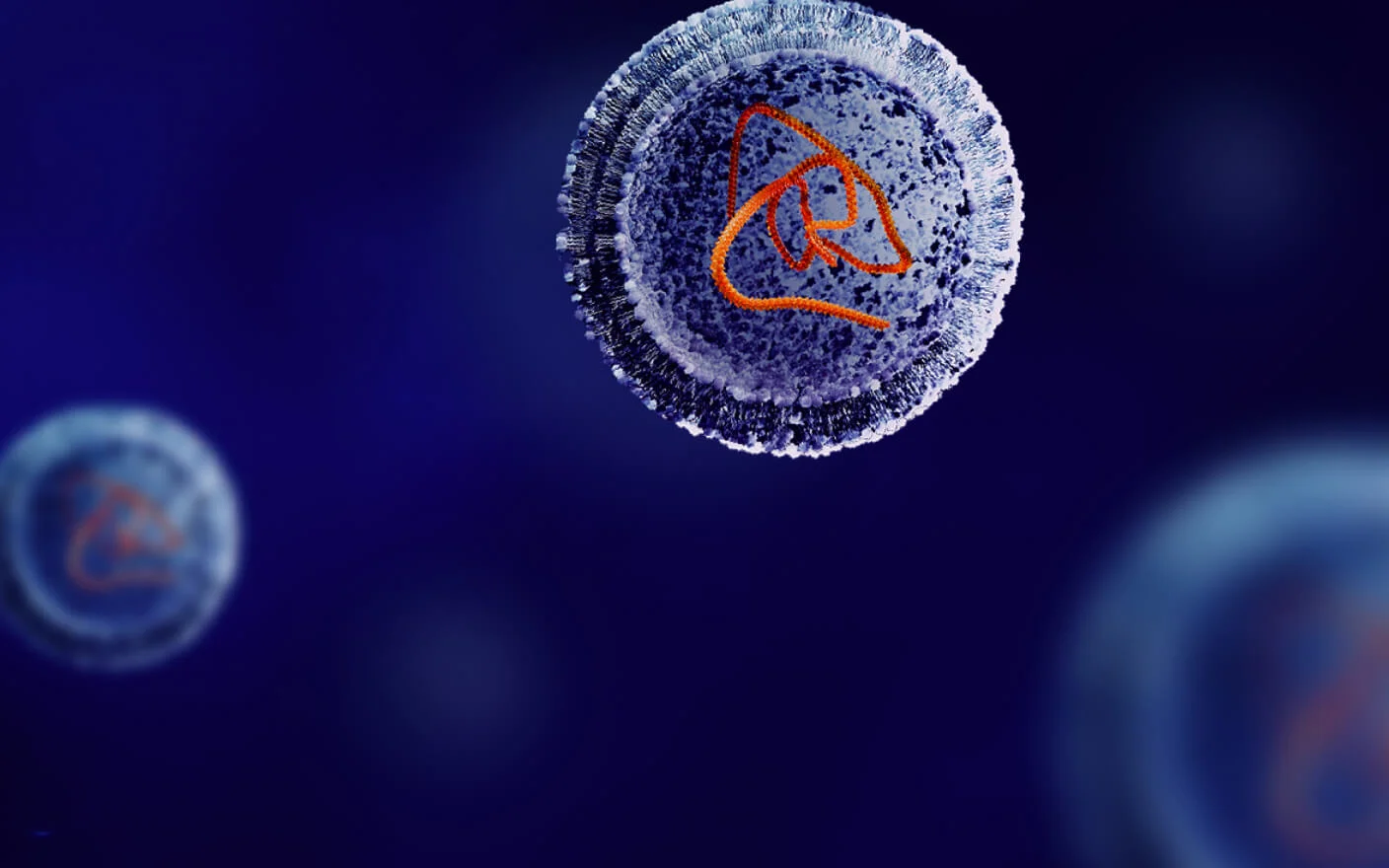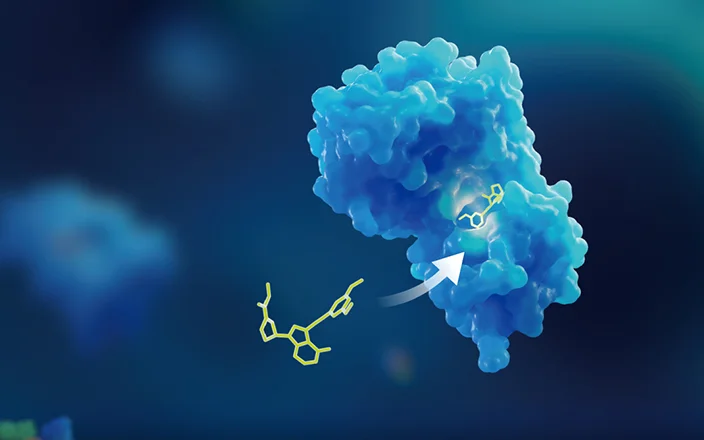Antibody-drug conjugates (ADCs) are a relatively new medicine with the potential to target cancer cells and deliver a toxic payload, all while minimizing any damage to otherwise healthy body parts.
ADCs have a number of strengths, but perhaps chief among them is their high specificity, which makes them an important drug platform in the treatment of a range of diseases. They’re composed of a monoclonal antibody, a linker, and payload. The linkers can be cleavable and non-cleavable, depending on how they release either the payload or payload containing catabolites (PCCs).
Profiling in vitro PCCs of a non-cleavable ADC is crucial in optimizing the payload design and preclinical evaluation of an ADC. However, current analytical tools fail to provide quick and reliable PCC profiling results. To solve this challenge, scientists from WuXi AppTec published in Drug Metabolism and Disposition our recent progress using high-resolution mass spectrometry and multiple data-mining tools. In this post, we’ll explain this new approach for comprehensive and rapid detection of PCCs.
The Problem to be Solved
Cleavable ADCs predictably release their payloads under certain environments, such as low pH, protease, or high GSH concentration. Non-cleavable ADCs do not usually undergo specific cleavages of linkers to release the payload. Instead, they generate one or more major unknown PCCs.
The release of either the payload or the major PCCs in targeted cancer cells determines the effectiveness of an ADC—its toxicity is directly related to the release or accumulation of the payload or PCCs in normal cells or tissues. So it’s crucial in early discovery to identify the major pharmacologically active PCCs of a non-cleavable ADC in vitro. That information is required to develop a bioanalytical method to evaluate how much exposure an animal or human could encounter to the toxic PCC. It’s also vital to study the metabolism and in vitro DDI potentials, as part of the preclinical evaluation of the ADC.
To characterize and quantify ADCs, researchers have developed various bioanalysis methods, including:
-
Immuno-capture to enrich ADCs followed by LC-MS analysis.
-
Ligand binding assay for analyzing total antibody or drug conjugated species.
-
Intact protein characterization by LC-HRMS.
However, there are limited examples of applying analytical technologies to profile and identify PCCs of ADCs in vivo or in vitro. That’s because analyzing the PCCs of an ADC is extremely complex. Concentrations are much lower than metabolites of small molecular drugs, and the unpredictable molecular weights, mass defect values and fragmentation of PCCs released from a non-cleavable ADC all add to that complexity.
This means there’s still a major analytical challenge in detecting and characterizing PCCs of non-cleavable ADCs and their metabolites in vitro and in vivo. To date, the most effective way to characterize and profile PCCs of ADCs is to radiolabel the ADC with a payload or linker. However, the preparation can be both costly and time-consuming—not a great fit for drug discovery. Additionally, LC-radio detection may not have sufficient sensitivity to detect low levels of radiolabeled PCCs.
How the Study Worked
We set out to develop and apply a generic and effective liquid chromatography high resolution-mass spectrometry (LC-HRMS) method to detect and characterize in vitro PCCs. LC-HRMS uses high-resolution spectrometry to detect a wide range of chemical compounds with great sensitivity and specificity. It can measure the exact mass of each ion with startling accuracy and enables the identification and quantification of complex mixtures of chemicals.
Non-cleavable ADCs, T-DM1 and ADC-1, were incubated in liver lysosomes, liver s9 and cancer cells after the data was acquired using LC-HRMS. To profile the PCCs, the study relied mainly on processing LC-HRMS datasets using untargeted background subtraction processing (PATBS). This process removes signals unrelated to metabolites from the data to improve accuracy, and targeted product ion filtering, where the spectrometer is set to monitor for a set of predetermined peptide ions or product ions.
As a result of this approach, 12 PCCs of T-DM1 were detected and structurally characterized in human liver lysosomal incubation. The majority of them consisted of MCC-DM1 and a few amino acids. Additionally, the incubation of ADC-1 in human, rat and monkey liver S9 and cancer cells generated one major and three minor PCCs, which verified the payload design.
Conclusion
The results show that PATBS helped form a comprehensive profile of PCCs regardless of their molecular weights, charge states, and fragmentations. Product ion filtering, used as a complimentary tool, detected specific PCCs with superior sensitivity.
The research also showed that combining in vitro metabolism systems and the LC-HRMS method is valuable when profiling in vitro PCCs of non-cleavable ADCs and supporting drug discovery programs.
While the effectiveness of this method to profile in vivo PCCs of ADCs still needs to be tested, this research represents a leap forward in the analytical tool kit needed to assess ADCs properly and help fulfill their enormous potential.
Committed to accelerating drug discovery and development, we offer a full range of discovery screening, preclinical development, clinical drug metabolism, and pharmacokinetic (DMPK) platforms and services. With research facilities in the United States (New Jersey) and China (Shanghai, Suzhou, Nanjing, and Nantong), 1,000+ scientists, and over fifteen years of experience in Investigational New Drug (IND) application, our DMPK team at WuXi AppTec are serving 1,500+ global clients, and have successfully supported 1,200+ IND applications.
Talk to a WuXi AppTec expert today to get the support you need to achieve your drug development goals.
Reference
Cai T, Shi L, Guo H, Li R, Cao W, Shen L, Zhu M, Tao Y. Detection and Characterization of In Vitro Payload-Containing Catabolites of Noncleavable Antibody-Drug Conjugates by High-Resolution Mass Spectrometry and Multiple Data Mining Tools. Drug Metab Dispos. 2023 May;51(5):591-598. doi: 10.1124/dmd.122.001135. Epub 2023 Jan 27. PMID: 36707253. http://dmd.aspetjournals.org/content/early/2023/01/27/dmd.122.001135
Related Services and Platforms




-

 MetID (Metabolite Profiling and Identification)Learn More
MetID (Metabolite Profiling and Identification)Learn More -

 Novel Drug Modalities DMPK Enabling PlatformsLearn More
Novel Drug Modalities DMPK Enabling PlatformsLearn More -

 In Vitro MetID (Metabolite Profiling and Identification)Learn More
In Vitro MetID (Metabolite Profiling and Identification)Learn More -

 In Vivo MetID (Metabolite Profiling and Identification)Learn More
In Vivo MetID (Metabolite Profiling and Identification)Learn More -

 Metabolite Biosynthesis and Structural CharacterizationLearn More
Metabolite Biosynthesis and Structural CharacterizationLearn More -

 Metabolites in Safety Testing (MIST)Learn More
Metabolites in Safety Testing (MIST)Learn More -

 PROTAC DMPK ServicesLearn More
PROTAC DMPK ServicesLearn More -

 ADC DMPK ServicesLearn More
ADC DMPK ServicesLearn More -

 Oligo DMPK ServicesLearn More
Oligo DMPK ServicesLearn More -

 PDC DMPK ServicesLearn More
PDC DMPK ServicesLearn More -

 Peptide DMPK ServicesLearn More
Peptide DMPK ServicesLearn More -

 mRNA DMPK ServicesLearn More
mRNA DMPK ServicesLearn More -

 Covalent Drugs DMPK ServicesLearn More
Covalent Drugs DMPK ServicesLearn More
Stay Connected
Keep up with the latest news and insights.





